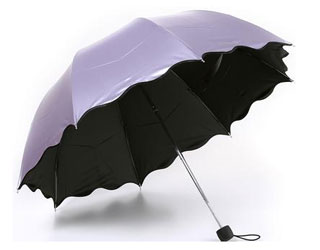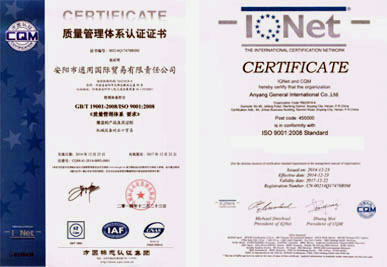 The UV protection of textiles is to apply a substance that can shield ultraviolet rays on the fabric, and the fabric after being applied by the substance has no adverse effect on their wearing properties. The types of UV shielding agents include inorganic UV shielding agents and organic UV shielding agents (UV absorbers). Different types have different protective mechanisms.
The UV protection of textiles is to apply a substance that can shield ultraviolet rays on the fabric, and the fabric after being applied by the substance has no adverse effect on their wearing properties. The types of UV shielding agents include inorganic UV shielding agents and organic UV shielding agents (UV absorbers). Different types have different protective mechanisms.
UV absorbs (Organic UV shielding agent) types, mechanism and application characteristics
Organic UV shielding agents mainly utilize the strong and selective absorption of ultraviolet light by organic substances. In the molecular structure of organic UV shielding agents, most of them have chromophore groups with an absorption wavelength less than 400 nm attached to aromatic derivatives (such as C=N, N-N, N=O, O=O, etc.) and chromophore groups (such as -NH2, -OH, -S03H, -COOH, etc.). They can strongly and selectively absorb high-energy ultraviolet light, and produce photophysical processes or photochemical reactions. The conversion of ultraviolet energy into other forms of energy plays an important role in preventing ultraviolet radiation.
Commonly used UV absorbers are mainly benzophenone UV absorber, salicylate UV absorber, benzotriazole UV absorber, organic nickel polymer and so on. Their respective mechanisms and application characteristics are as follows.
Benzophenone UV absorber is the most widely used type of UV absorber. There are Reactive hydroxyl groups. Easy to combine with fiber. It can absorb UVA and UVB. UV absorption of 280nm is less and sometimes yellowing. The price is more expensive. The ketone group and the hydroxyl in the molecule can generate an intrinsic hydrogen bond, forming a chelating ring. When ultraviolet energy is absorbed, the molecule vibrates, the internal hydrogen bond is broken, the chelating ring is opened, and the ultraviolet energy is turned into heat energy and released. In addition, the hydroxyl group in the molecule will be excited by the absorbed ultraviolet energy, resulting in isomerization, generating enolic structure, and consuming part of the energy.
Salicylate UV absorber is one of the earliest applications. There are also internal hydrogen bonds in salicylate molecules. These ultraviolet absorbers absorb very low energy at the beginning and absorb very narrow wavelengths (less than 340 nm). However, after ultraviolet irradiation for a certain period of time, ultraviolet absorption is gradually increased until maximum absorption. Because of the rearrangement of the molecules under ultraviolet irradiation, the structure of benzophenone with strong ultraviolet absorption ability is formed, thus enhancing its ultraviolet absorption. They are inexpensive, absorb a lot of UVB, and absorb only a small amount of UVA ultraviolet. The melting point is low and the sublimability is strong, and its use has certain limitations.
The mechanism of benzotriazole UV absorber is similar to that of benzophenone UV absorber. It also has internal hydrogen bonds to form chelating rings. When ultraviolet rays are absorbed, hydrogen bonds break down or become tautomers, converting the energy of ultraviolet rays into heat and releasing it. Its absorption of UVA ultraviolet rays is very effective. Because of its high melting point, it has certain washability on the fibers. However, its non-reactive groups should be adsorbed on the surface of the fiber to absorb and shield ultraviolet rays.
Organic nickel polymers can also be used as ultraviolet absorbers. The mechanism of action of organic nickel polymers is different from that of ordinary ultraviolet absorbers.
The above is an introduction to the types, mechanism and application characteristics of UV absorbers. To sum up, all kinds of ultraviolet absorbers have their common effect on fabrics. At the same time, they have their own advantages and limitations in specific applications. Therefore, when choosing UV absorber, we should consider its characteristics and the actual situation of its application.


